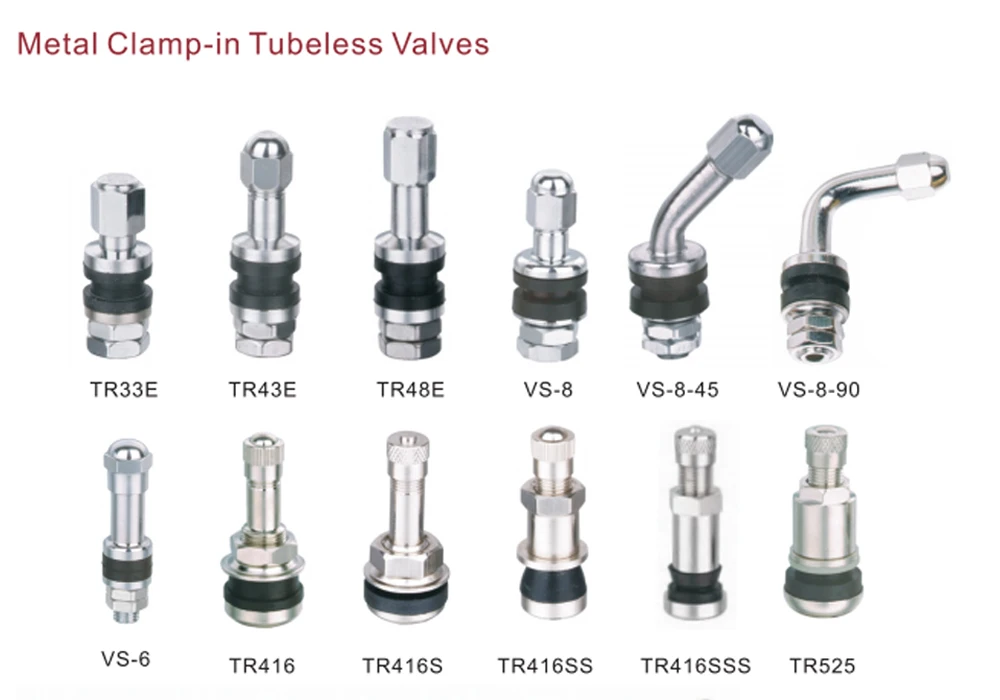Added on January 29, 2019 Aaron Widmar tire caps , tire plugs , Tires , valve stem , valve stem cap , valve stem caps
No Comments
Decrease Font Size Increase Font Size Text Size Print This Page Send by Email
Most of us don’t give those plastic caps on our car’s tires a second glance after filling them with air, but even the smallest parts of a car serve a purpose — and can be gaudily tricked out. If you’d like to know more about valve stem caps, these are the most commonly asked questions.
Your Guide to Proper Tire Care: Information on tread depth, alignment, and more
That plastic screw-on cap on the tip of that knob protruding from the tire is a valve stem cap. It keeps dirt, moisture, and small debris from entering into the tire. It protects the Schrader valve, which is what keeps the air or nitrogen in your tires.
Because valve stem caps aren’t designed to keep air in the tire, losing one won’t result in that tire deflating. However, it may cause internal damage to the tire if the exposed Schrader valve gets damaged. Luckily, it is not an expensive part to replace, as most stem caps are one-size-fits-all, and you can pick a pack up online for a couple bucks.
The standard valve stem cap is a boring plastic cone, but you’d be amazed at the numerous varieties of decorative caps you can purchase. With selections ranging from dice to bullets to crowns to rhinestone-encrusted studs, there’s a cap for your style. Just be aware that the nicer the are, the more of a target they’ll be for thieves.
Sometimes, your valve stem caps may fuse to the stem, especially if they’re made of a low-quality metal that rusted.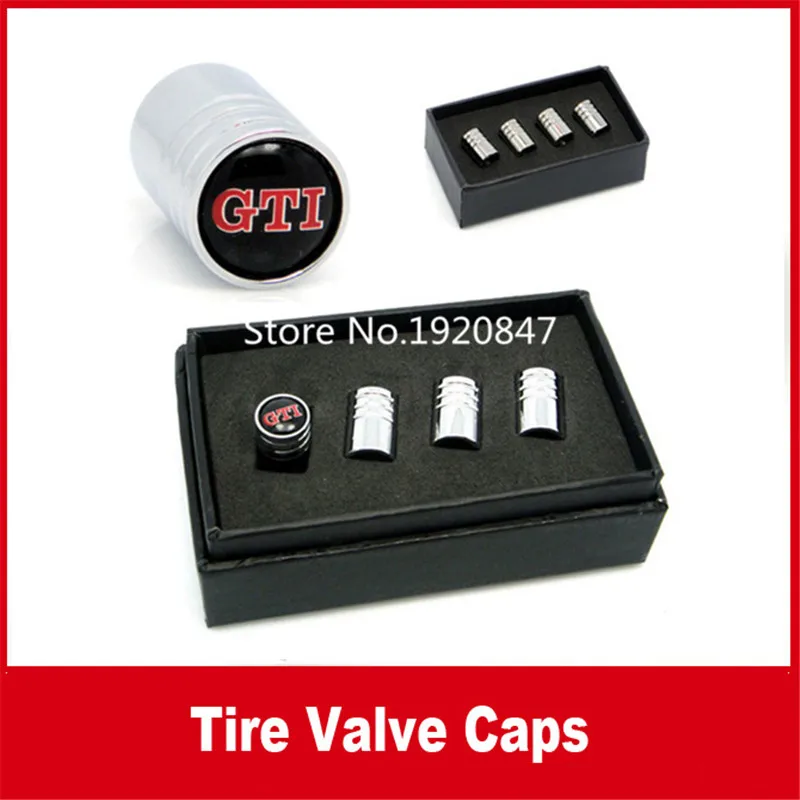 If lubricants don’t loosen it, you can cut the top and sides of the cap with a hacksaw and carefully avoid cutting into the valve itself. This should loosen it enough for you to pry it off.
If lubricants don’t loosen it, you can cut the top and sides of the cap with a hacksaw and carefully avoid cutting into the valve itself. This should loosen it enough for you to pry it off.
When the Temperature Changes… How do you know which tire to install?
Sources: BlueStar, It Still Runs
Aaron Widmar
Aaron is unashamed to be a native Clevelander and the proud driver of a Hyundai Veloster Turbo (which recently replaced his 1995 Saturn SC-2). He gleefully utilizes his background in theater, literature, and communication to dramatically recite his own articles to nearby youth. Mr. Widmar happily resides in Dayton, Ohio with his magnificent wife, Vicki, but is often on the road with her exploring new destinations. Aaron has high aspirations for his writing career but often gets distracted pondering the profound nature of the human condition and forgets what he was writing… See more articles by Aaron.
Valve stems are a crucial part of any tire.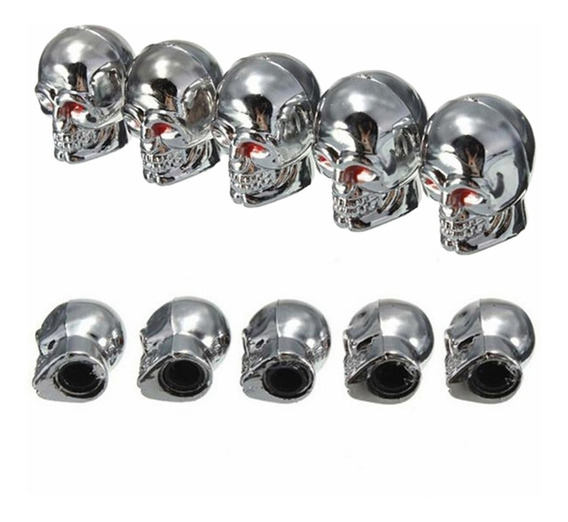 Well, they are not part of a tire per se, but they are an auto part designed to ensure the tires’ safety and performance. Therefore, valves are important!
Well, they are not part of a tire per se, but they are an auto part designed to ensure the tires’ safety and performance. Therefore, valves are important!
Valves keep air pressure from escaping tires. From valve cores to caps and versatile valve types, we will walk you through everything you need to know about valves and how said valves function.
The small tube system that you can use to fill your tires with air is called a valve stem. This system is basically a one-way door used to transfer gas (in this case air pressure) into a chamber (tire). Different valve types are available.
Valves are located on most pneumatic tires, from automobile to bicycle models. Tire valves are used to add or remove air pressure inside the tire. Once air pressure enters the tire, tire valves do not let it escape on their own.
A tire stem helps tires keep their optimal pressure levels, by using its different components.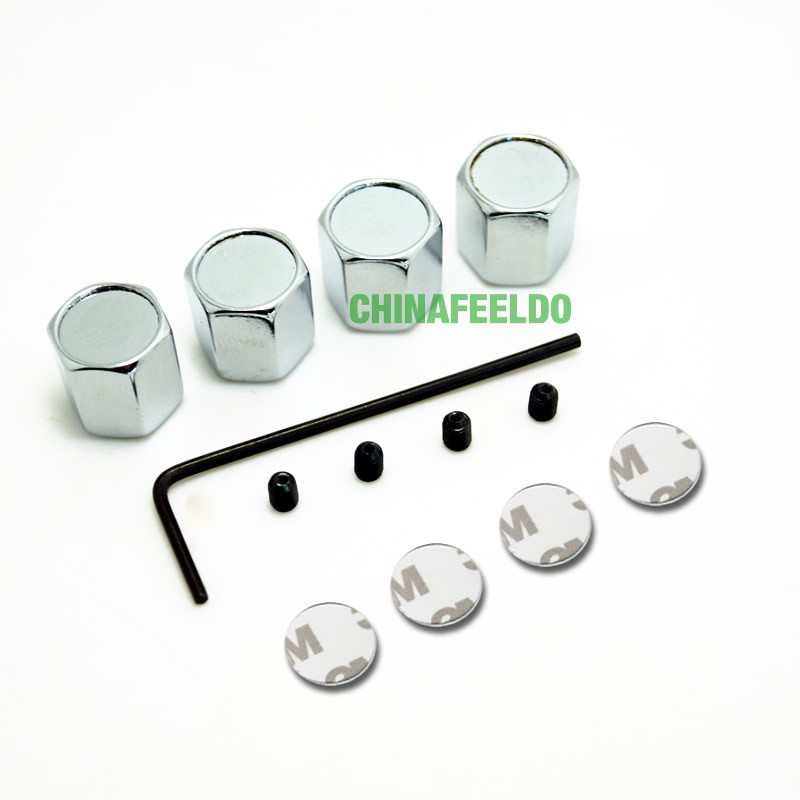 Valves consist of a valve stem body, a valve core, and a valve stem cap. These work together to keep the correct pressure levels inside the tires.
Valves consist of a valve stem body, a valve core, and a valve stem cap. These work together to keep the correct pressure levels inside the tires.
The various components of valves work together to enable the tire’s secure performance. Air pressure loss can occur if the valves are damaged. But, as long as they properly function, valves will hold air and guarantee the tires’ performance.
There are versatile types of tire valves available for purchase. The type you need greatly depends on various components: mainly what type of tire the valves are used on.
There are three different tire air valve stems manufactured:
These have various applications! Let’s talk about them in more detail.
Probably the most common valve type is the tubeless rubber snap-in tire valve, as they are suitable for passenger cars, light-duty trailers, and various light trucks.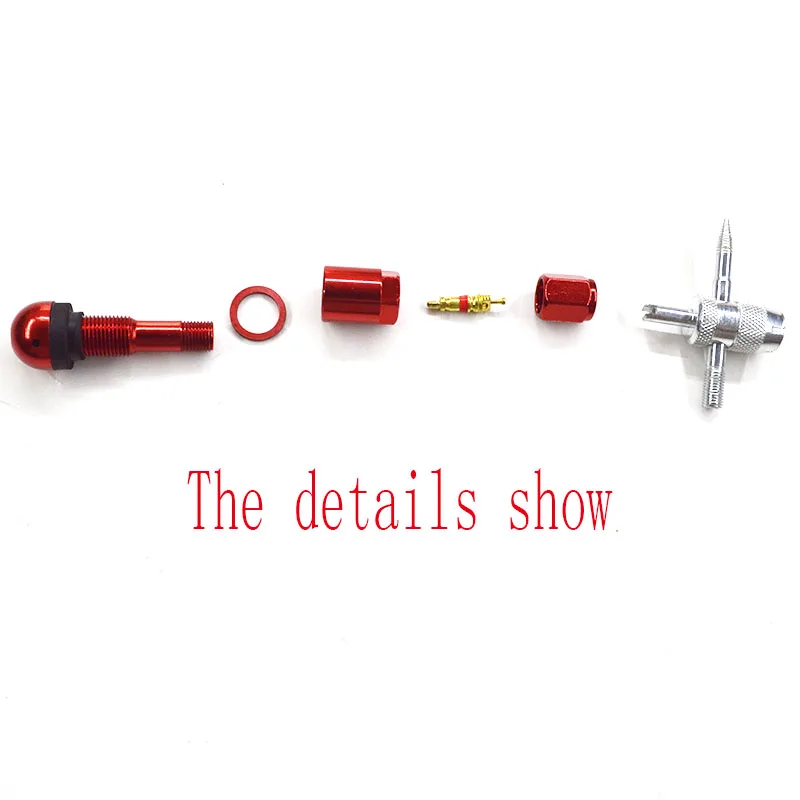 Additionally, they can be used in autocross competitions as well.
Additionally, they can be used in autocross competitions as well.
These tire valves hold a maximum of 65 psi, as a cold tire inflation pressure. This valve stem size usually ranges between 0.7″ to 2.5″ and it can fit 0.453″ or 0.625″ diameter rim holes. Often they sport plastic valve stem covers, but some can be purchased with chrome sleeves or a metal tire pressure cap. However, this is merely for aesthetic purposes.
Check out this valve stem sizes chart:
The tubeless snap-in high-pressure tire valves function in the same manner as the previous type does. However, they are used for applications where the maximum pressure is above 65 psi. In other words, they are for medium- to heavy-duty trucks and trailers, that use pressure to handle larger weights.
These tire valves are made in two rim hole fittings: 0.453″ for tires with a max cold inflation pressure of 80 psi, and 0.625″ for those with 100 psi. Due to the vehicle applications, these valve stem sizes range between 1.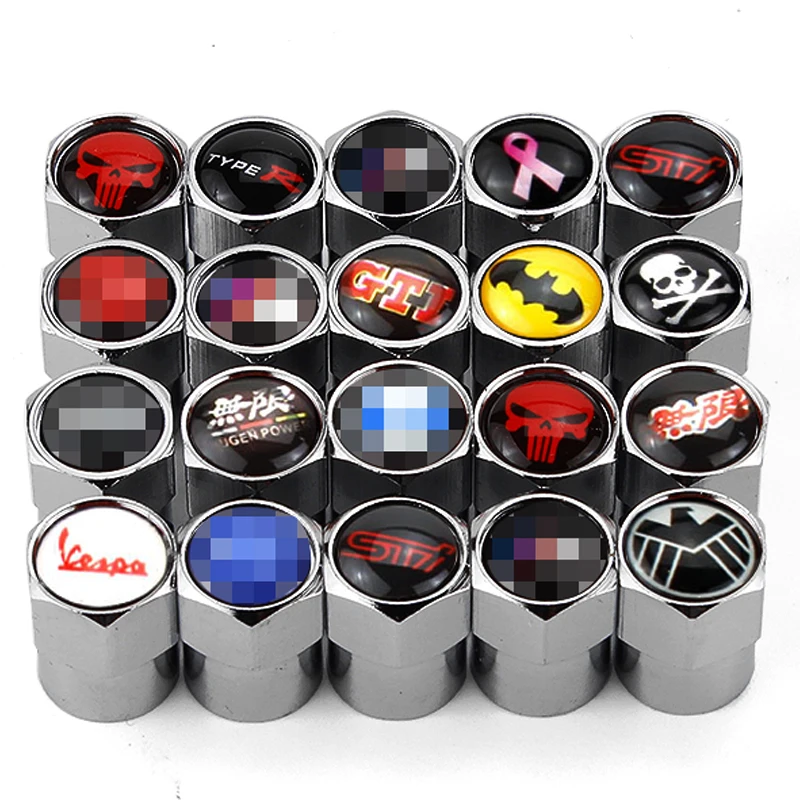 25″ to 2″. High-pressure valve stems are designed for steel wheels. They are equipped with thick rubber snap-in bases, metal barrels, and plastic pressure caps.
25″ to 2″. High-pressure valve stems are designed for steel wheels. They are equipped with thick rubber snap-in bases, metal barrels, and plastic pressure caps.
Size chart of high-pressure, tubeless snap-in valves:
High-pressure metal valve stems are clamp-in models that use a rubber grommet, which seals the valve against the wheel when you tighten the holding nut. These valves are generally manufactured for high speed, racing vehicles, or for vehicles exceeding 130 mph.
Most metal clamp-in tire valves are available for 0.453″ and 0.625″ rim holes. However, some special applications are available for 0.236″ and 0.315″ rim holes. Additionally, they come in straight or bent styles to accommodate even unique wheel shapes. These valves hold maximum cold tire inflation of 200 psi.
These valves have two fitting types: with the retaining (holding) nut inside or outside of the rim. For aesthetic reasons, many drivers prefer it to be hidden inside the rim.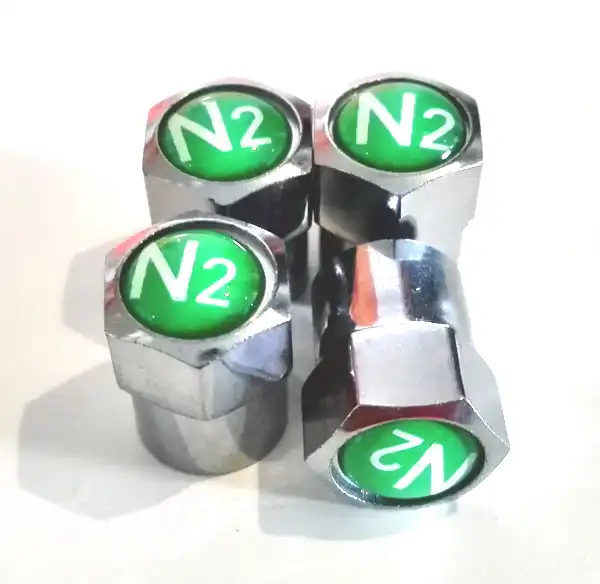 However, outer placements allow you to tighten the nut whenever it is necessary.
However, outer placements allow you to tighten the nut whenever it is necessary.
We have talked about the types of tire valves you can purchase for different vehicles. Now, let’s see their components.
Like most auto parts, valves also consist of multiple parts, which are:
These individual parts of valves work together to hold air in the tires. Some are crucial and some don’t have to be used. However, these parts working together will guarantee the vehicle’s secure drive.
A valve cap should be used on all valve stems. There is a good reason for this! Moisture contamination and loss of air pressure at high speeds can cause problems. They can damage the valve core or cause the tire to do flat. However, a valve cap will help prevent these issues.
Tire valve caps are available to be manufactured from plastic, metal, or metal with a special screwdriver design.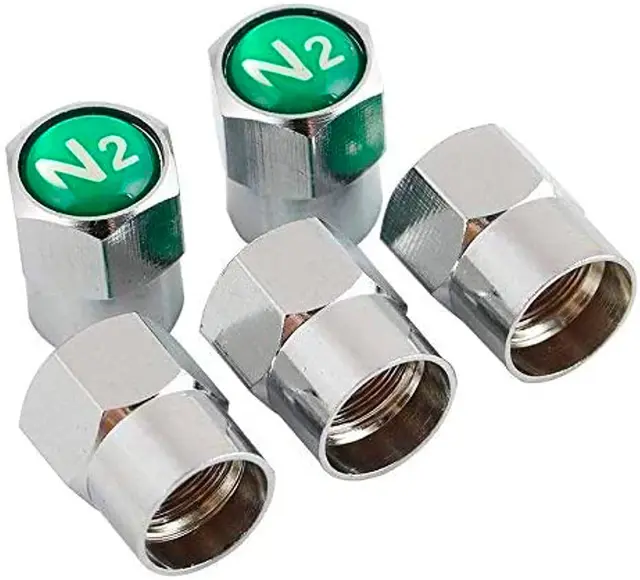 When these caps are used greatly depends on which vehicle they are on. When it comes to everyday driving, a plastic tire pressure valve cap should be enough. However, for racecar applications, a metal one is better. Tire stem caps are either knurled or hexagon-shaped to make them easier to remove.
When these caps are used greatly depends on which vehicle they are on. When it comes to everyday driving, a plastic tire pressure valve cap should be enough. However, for racecar applications, a metal one is better. Tire stem caps are either knurled or hexagon-shaped to make them easier to remove.
While missing tire valve covers are not the end of the world, it is advisable to replace them. For one, it is a second seal that prevents pressure from escaping, in case valve core damage occurs. On the other hand, it also makes sure that sand, dirt, and moisture does not enter the stem and damage it.
A valve core is the main seal inside the stem. This part of the stem seals tire pressure inside the tire, preventing it from escaping. It should be tightly screwed into the valve core chamber. They are manufactured with shorter (for high speed applications) and longer lengths, and nickel-plated and brass valve cores are available.
It is important that you only use a nickel-plated valve core with an aluminum tire pressure sensor valve stem.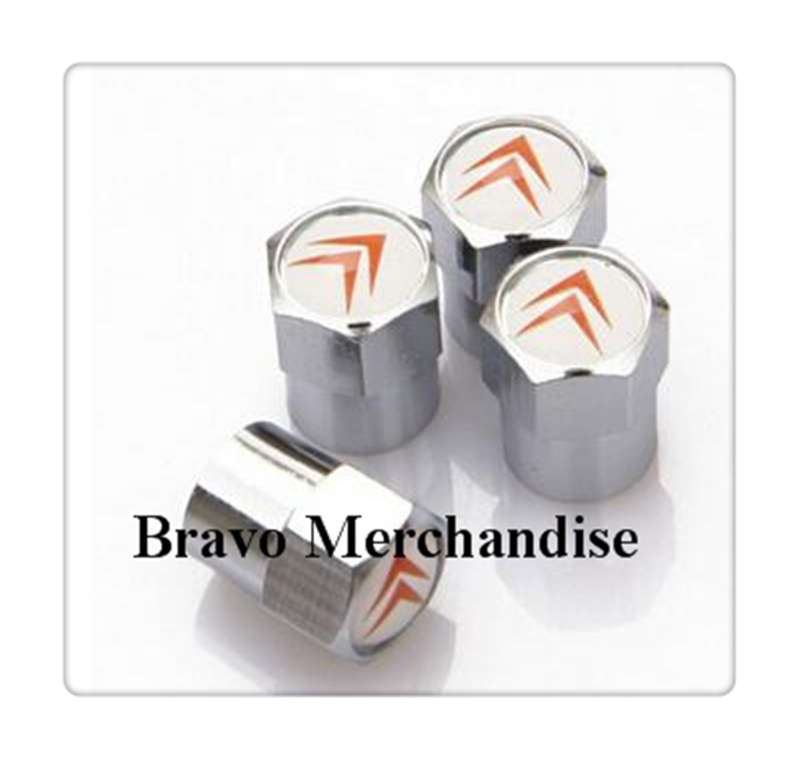 This is due to brass valve cores in such applications experiencing corrosion that can transfer and affect the aluminum wheel as well. This is to protect the wheel and its integrity.
This is due to brass valve cores in such applications experiencing corrosion that can transfer and affect the aluminum wheel as well. This is to protect the wheel and its integrity.
These valve cores basically consist of a spring-loaded pin that is moveable. This allows air pressure to inflate and deflate the tires. This valve stem seal prevents pressurized air from escaping the tires when the caps are off. The valve stem core is durable, but dirt, moisture, and sand can damage it. Dirt and sand will prevent valve cores from sealing properly, while moisture will freeze and damage the valve cores.
If you fit wheel covers on your car, you can use valve extensions to make the inflation process easier. These nylon or metal extenders are available in sizes between 0.5″ and 2″.
It is important to select the ideal extension length or to purchase durable, preferably metal, ones. Road and weather conditions and driving habits can easily damage these extensions, which will leave to other issues.
If your vehicle uses direct TPMS sensors, then the valve stems also hold the sensor inside the tire. Mechanics do this with metal clamp-in or rubber snap-in valves. These TPMS sensor tire valve stems work together to transmit information to the TPMS monitor.
The two different TPMS stem types function a bit differently. Let’s see how!
A clamp-in valve stem-sensor combination fits the sensor with a rubber seal and a retaining. These two parts, along with the valve cores and caps, need to be tightened correctly, in order to prevent pressure loss.
These TPMS rubber valves need nickel-plated valve cores to prevent damage. Galvanic corrosion can damage brass cores, which will transfer onto the aluminum barrel with time – leading to even bigger damage.
The other type of TPMS sensor tubeless tire valve is the rubber snap-in version. These accept TPMS sensors can be different, and purchasing valve stems that accommodate them in crucial.
If the TPMS stems are not compatible, it will lead to air pressure loss. Using the correct combination of valves and TPMS sensors will ensure a safer driving experience.
Have you ever noticed a vehicle with green valve stem caps?
Well, there is a reason for their distinct color! These valve stem seals keep the pressure inside of nitrogen-filled tires. Many believe that adding nitrogen in tires improves their performance, durability, fuel economy, etc.
Therefore, nitrogen valve stem caps are green!
Are Valve Stems Replaced with New Tires?
Usually, when mounting new tires on a vehicle, it is advisable to get new valve stems for tires as well. However, when you purchase new tires, the tire valve stem is not included.
The valve stem sizes you need depend on the rim size. Low-profile rims (up to 0.9″) will need a 1.5″ stem while a 1.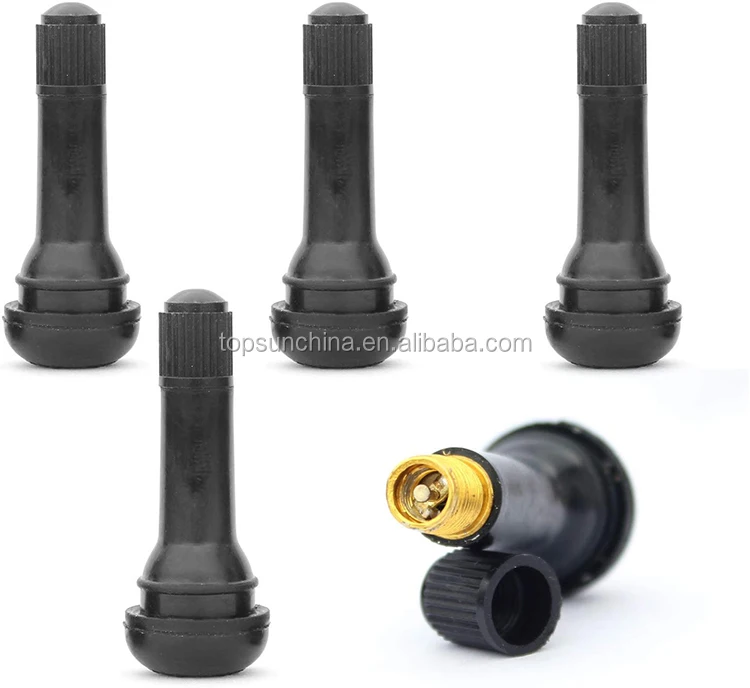 3-1.7″ rim should have a 2.3″ valve stem. Anything taller than 1.9″ needs at least a 3.1″ valve stem to properly function.
3-1.7″ rim should have a 2.3″ valve stem. Anything taller than 1.9″ needs at least a 3.1″ valve stem to properly function.
To find a slow leak in a tire, you will needs a spray bottle and soapy water. Mix liquid soap and water in a spray bottle and spray the entire tire (sidewalls, tread area, along the rim, and the valve stem). The slow leak will be there the soapy water forms small bubbles with the escaping air.
Air pressure escapes the tire when the valves are open because of the different pressure levels inside the tire and in the atmosphere. The high pressure of the tire flows out until the tire features the atmospheric pressure. This causes the tire to go flat.
Valves for cars, cars and vans
Sort by:
Showing records 1-19 of 19 .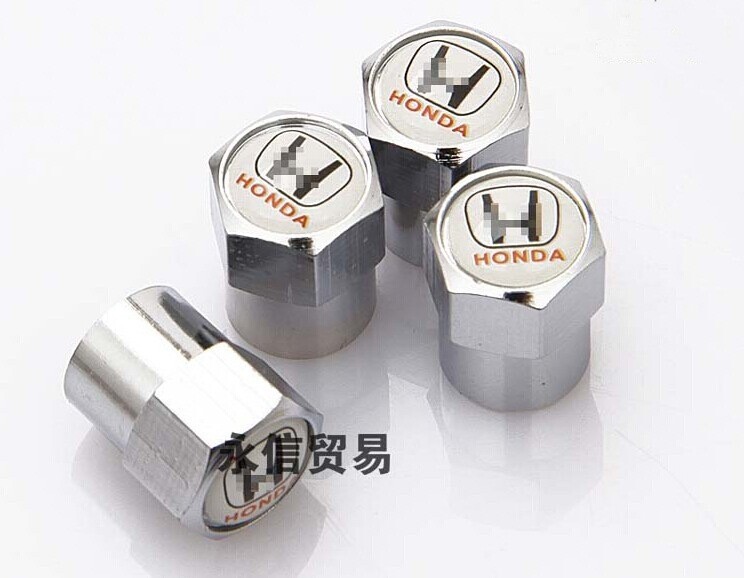
€ 24.58 30400021T
€ 2.50 11901J
€ 49.16 5870001
€ 38.27 TR413
€ 40.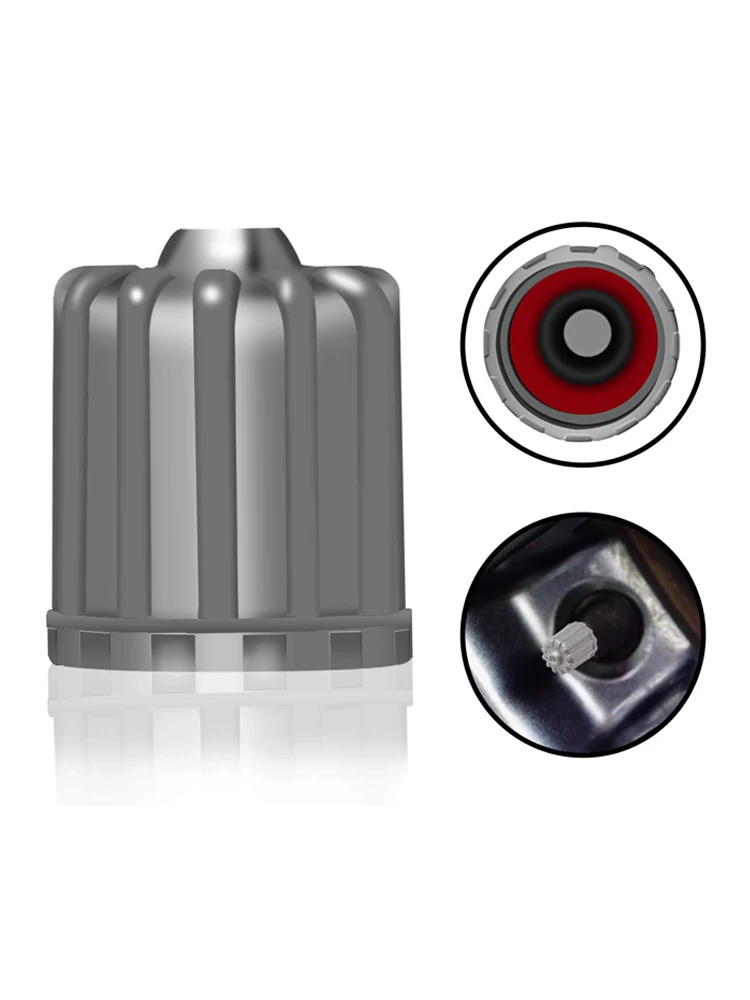 16 TR414
16 TR414
€ 32.00 51741J
€ 55.00 51743J
€ 32.00 51742J
€ 3.50 11902J
€ 3.50 11900J
€ 1.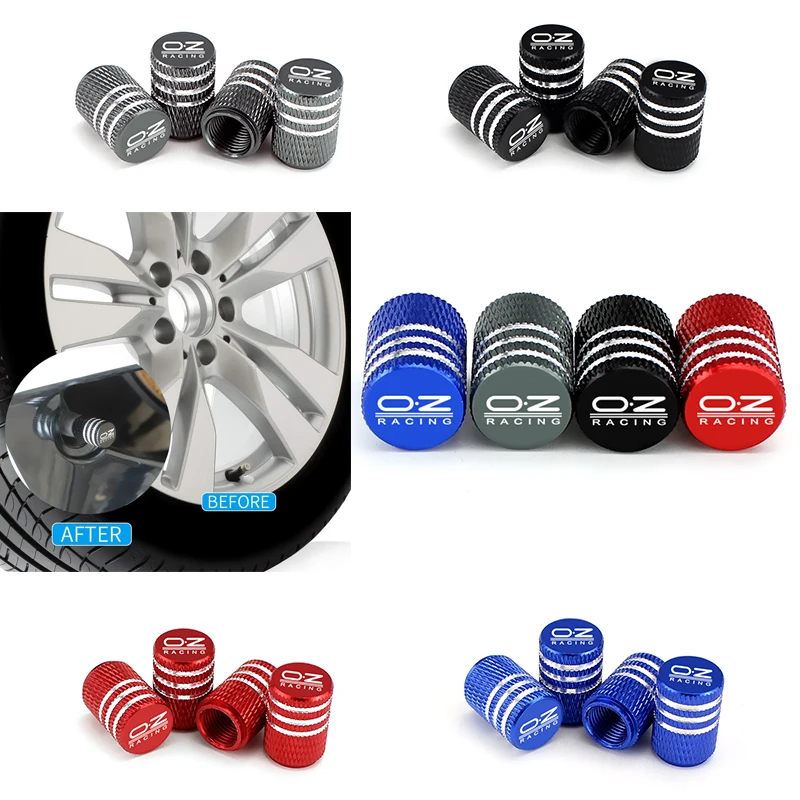 50 11960J
50 11960J
€ 8.50 11906J
€ 1.50 11905J
€ 2.00 11904J
€ 5.00 11903J
€ 2.80 52652J
€ 3.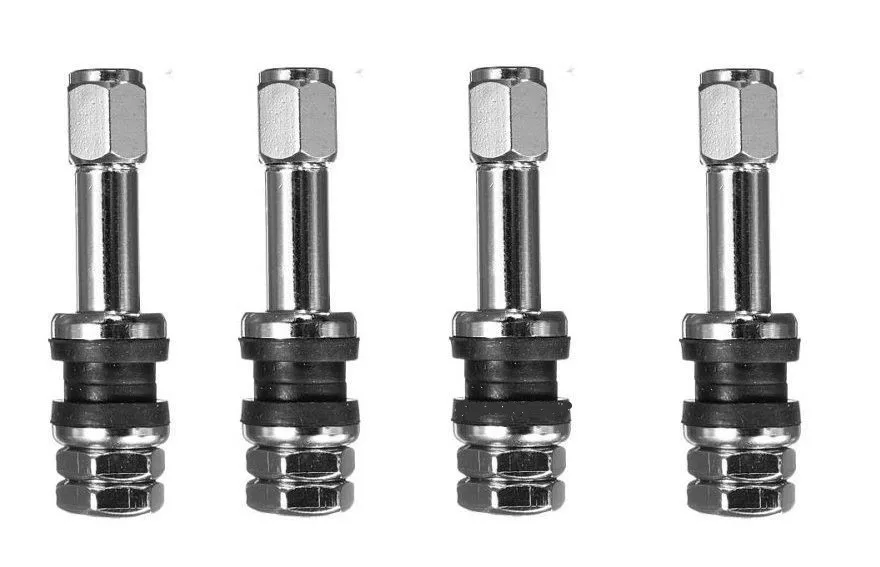 00 52653J
00 52653J
€ 28.31 TR414C
€ 18.00 52673J
Tires make it possible to dampen minor road irregularities much more effectively, reducing the load on the unsprung parts of the suspension. Tires improve traction. One of the components of the mounted wheels is the valve.
The wheel valve is a non-return valve that allows air to be forced into the tire. In addition, the part does not release the pressurized pressure from the tire.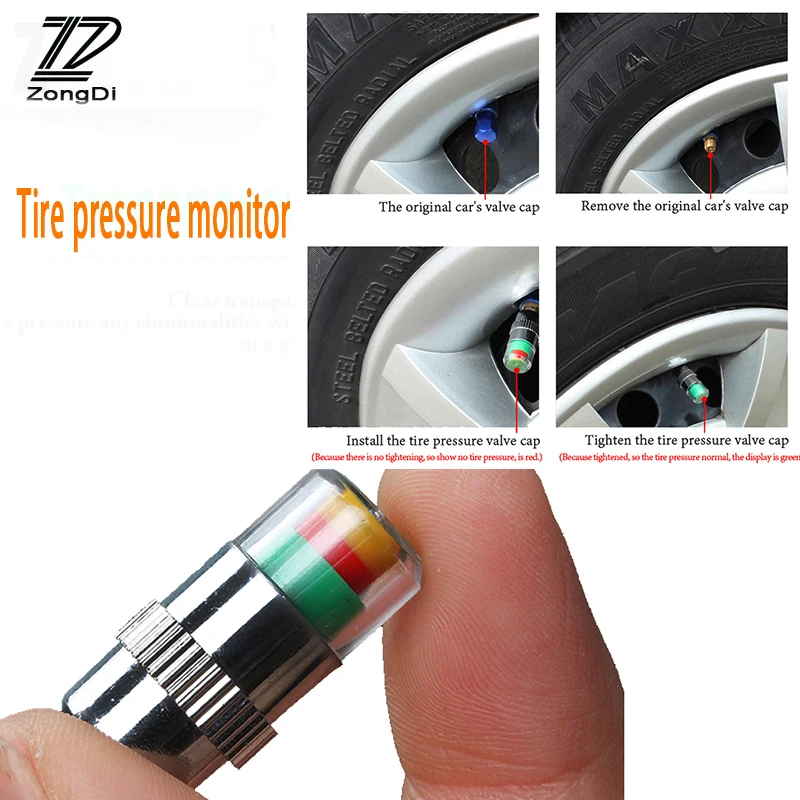 There are many different types of valves. It is sometimes referred to as the "nipple".
There are many different types of valves. It is sometimes referred to as the "nipple".
Part consists of several elements:
Each of the listed parts has its own characteristics.
When choosing a valve, it is worth remembering that serious loads fall on it during operation. This part must be selected very carefully to avoid safety problems.
The valve is only used on tubeless tyres. On chamber tires, the valve is part of the chamber without separating from it.
Valves are available in several body types. In total, three options can be found on sale:
Let's analyze the types of valves in more detail.
Rubber "nipples" are the most common. They can be installed on both stamping and alloy wheels.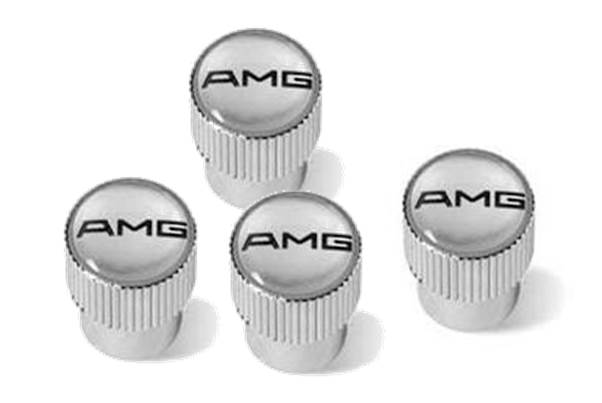 Usually withstand up to 4.5 atm. There are models of different lengths. Not afraid of temperature changes.
Usually withstand up to 4.5 atm. There are models of different lengths. Not afraid of temperature changes.
Demountable consists of several components that are assembled during installation. Gaskets are included with the kit. Made of steel and chrome plated. Practically not afraid of exposure to reagents, temperature changes, water. Since they are made of metal, they can withstand heavy loads perfectly.
Concealed valve made of metal. Technically similar to collapsible. Differs in the absence of a rod for pumping. The spool is placed inside the element that secures the "nipple" to the rim. They are used on high-speed cars, recommended for installation on alloy wheels.
The shut-off device in the valve is a spool. It is worth understanding how this constructive element is arranged. Technically, it allows you to connect cavities with different pressures, while not letting air through from one side to the other. The wheel nipple of a passenger car is somewhat different from a similar device for bicycles, although it has a general principle of operation.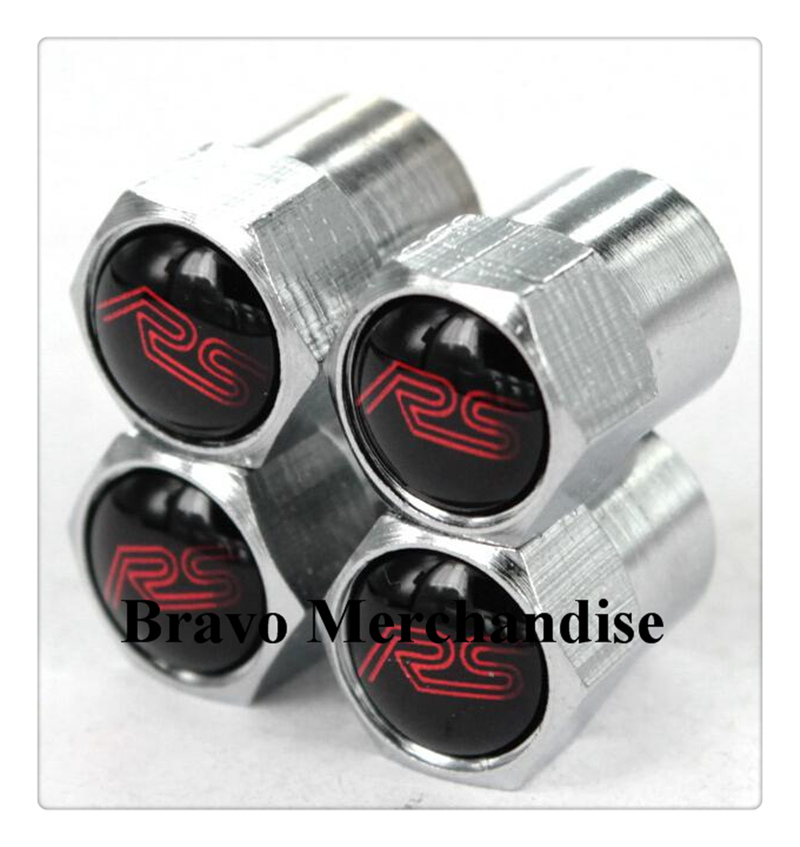
The spool operates due to the displacement of the movable element relative to the main part. As a result, it can allow air to enter the tire when inflated, but does not let air back at all once inflation is stopped. If necessary, by pressing the spool, you can bleed some of the air.
There are the following types of spool.
The cap is often considered a decorative element, although it has an important function. The cap protects the nipple from dirt. Cleanliness allows the valve to perform significantly longer. Therefore, be sure to look for the presence of caps on the wheels. They are attached by simply screwing onto the “nipple” bar.
Now on sale you can find plastic and metal caps. Often drivers prefer to buy metal caps, especially if the rim is chrome plated. In fact, it is better to choose the plastic option. Metal can freeze to the valve in winter, or simply boil under the influence of reagents. This will necessitate a complete replacement of the nipple.
Metal can freeze to the valve in winter, or simply boil under the influence of reagents. This will necessitate a complete replacement of the nipple.
If the cap is green, the tire is filled with nitrogen.
When deciding which nipple to choose, it is worth considering - the size may be different. First of all, you should look at the length. On sale you can find the following dimensions (millimeters):
When choosing a valve by size, it is worth considering the disc used, only in this way you can decide which one is better. In addition, it is worth considering the diameter, on sale you can find valves for the width (millimeters):
To choose the right part, you should look at the marking. Then your rubber will get the most suitable valve. We list the main varieties.
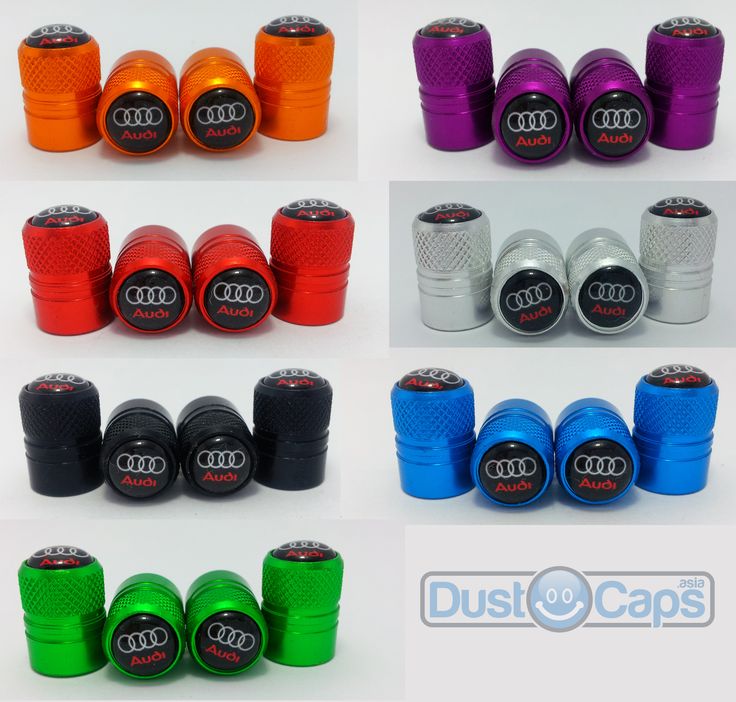 The disadvantage is the rapid bleeding of air in case of damage.
The disadvantage is the rapid bleeding of air in case of damage. Sometimes you can see an additional letter "C" in the marking. It denotes a chrome-plated part body.
Use only TR418 nipples for cargo transport. Do not use standard valves.
To correctly answer the question of how to choose a valve, it must be taken into account that they can have different working pressures. There are only two options. One is standard nipples. They can withstand loads up to 4.5 atm. Designed for cars and sports cars.